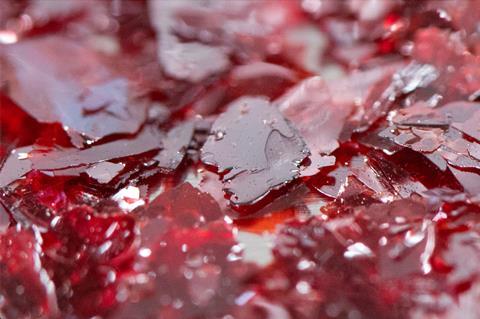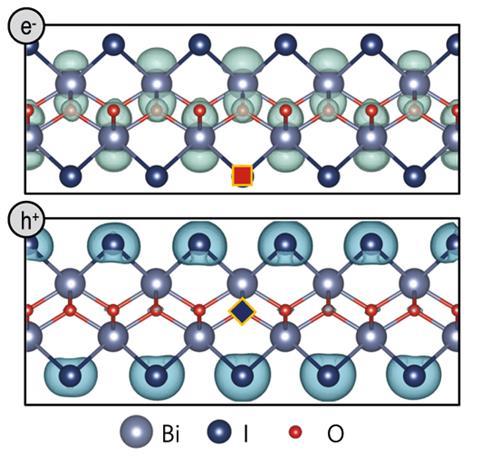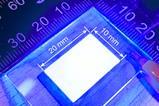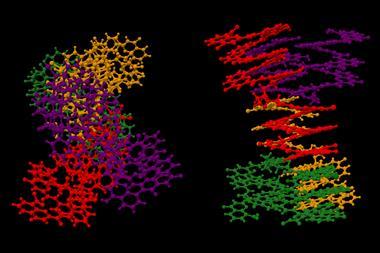
A re-engineered solar cell material can detect x-rays at doses 250 times less than the current top-performing detectors. High-quality single crystals of bismuth oxyiodide (BiOI) demonstrated enhanced x-ray attenuation properties, so patients going for an x-ray might one day benefit from reduced radiation exposure making this essential medical procedure safer.
X-rays are a valuable diagnostic tool but prolonged or repeated exposure to this ionising radiation can increase the risk of cancer. Radiation doses are currently determined by the properties of attenuation materials in the detector which absorb the x-rays passed through the sample to create an image. ‘A semiconductor x-ray sensing material needs to have a high effective atomic number (Z number) to sufficiently stop high energy photons like x-rays,’ explains Wanyi Nie, an optoelectronics researcher at Los Alamos National Laboratory, US. ‘It should also have good charge conduction properties to accurately measure the radiation intensity, especially under low dose conditions.’
Current medical devices employ amorphous selenium as the attenuation material but its comparatively low Z value means a high dose of x-rays is necessary for effective detection. Heavy, non-toxic elements such as bismuth possess much greater x-ray stopping power, but its compounds’ soft, polar lattices are easily deformed, resulting in charge localisation and poor conductivity.
Now, a collaborative team co-led by Robert Hoye, Judith MacManus-Driscoll and Bartomeu Monserrat has overcome these electronic limitations and developed the light-harvesting solar material BiOI as a layered bismuth compound that exhibits outstanding attenuation properties. ‘We advised a method to grow high quality single crystals of BiOI with very few imperfections,’ explains MacManus-Driscoll. ‘This means that charge carriers can travel on the millimetre-length scale with low applied electric fields.’ The resulting single crystals, grown through chemical vapour transport inside a sealed quartz ampoule, were therefore effective conductors and could detect x-rays at doses over 250 times lower than the current best-performing commercial materials.
The team were eager to understand the origin of these enhanced electronic properties and used a combination of spectroscopic and computational methods to probe the internal structure of the BiOI crystals. ‘By simulating the lattice in the ground state and excited state, we could see how lattice distortions changed the energy landscape of BiOI,’ explains Monserrat. ‘Simulations also confirmed the delocalised nature of charge carriers. The BiOI single crystals therefore have the ideal combination of properties to detect very low dose rates of x-rays.’

‘This is an excellent demonstration of BiOI as a new layered material delivering promising x-ray detection performances,’ comments Nie. ‘Before entering the market it will be helpful to investigate the stability and toxicity of this material. Can it stand the stresses from the operation such as the electrical field and the constant x-ray radiation needed for imaging applications?’
The team are currently developing methods to increase the scale of low-defect BiOI production from single crystals to larger films suitable for commercial devices but are also keen to explore the wider implications of their discovery.
‘Our work has provided important new insights into how carrier localisation can be avoided,’ says Hoye. ‘This will be important not just for x-ray detectors, but also next-generation solar cells, solar fuel devices and transistors.’
References
RA Jagt et al, Nat. Commun., 2023, 14, 2452 (DOI: 10.1038/s41467-023-38008-4)

















No comments yet